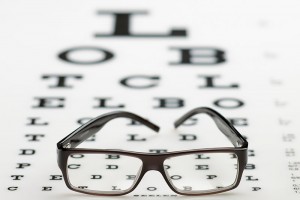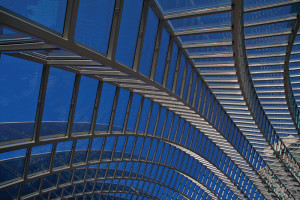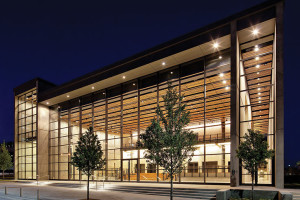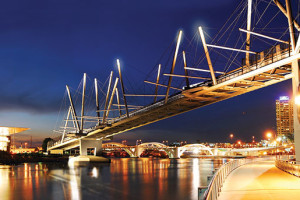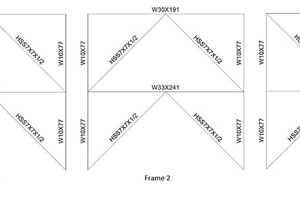It was a pleasure to read the 2013 report by the SEI Board of Governors Task Committee, A Vision for the Future of Structural Engineering and Structural Engineers: A Case for Change. This document provides great suggestions for significant changes in the profession if structural engineers are to remain a respected and vibrant part of the global community. …
Review Category : Articles
Leaders are expected to navigate effectively through a wide variety of social and professional situations with a wide variety of people. More often than not, however, engineering firms promote engineers who are successful at the technical requirements of the job into areas that require skills they haven’t been trained for–leadership, business development, public speaking, and conflict management. …
Robert J. Fitterer’s book, Love and Objectivity in Virtue Ethics, published in 2008 by University of Toronto Press, brings together several topics that I have discussed to various extents in past columns: …
Connecting to steel hollow structural sections (HSS) from a single side has troubled engineers for decades. However, there are now numerous types of fasteners and connection methods for this increasingly popular structural material, other than the norm of welding. This article will look at the benefits and drawbacks of each connection method, to find that expansion bolts for HSS members are a viable option. …
Advanced Steel Curtain Walls Provide Enduring Beauty
When San Francisco’s Hallidie Building opened in 1918, its seven-story glass and steel skin launched the era of glass curtain walls. Using the strength of reinforced concrete and structural steel, the building team suspended the glass panes in a steel framing grid to create the illusion of a floating wall. …
First Railroad Bridge across the Connecticut River in Massachusetts
The Boston and Worcester Railroad, one of the first railroads built in Massachusetts, was chartered in 1831 and opened to Worcester in 1835. This was followed by the Western Railroad, which would begin in Worcester and run to the New York State line, connecting with the Hudson and Berkshire line that ran to Albany, New York, on the Hudson River. …
Geometrically Nonlinear Structures
Apart from the weight, there is nothing lightweight about lightweight structures. With traditional structures, the loads are resisted by the stiffness in the beams, columns, and walls; with tension-only and compression-only structures, the overall form of the structure becomes critical. Get the form right and the structure can span huge distances with minimal material; get the form wrong and you are in trouble.
…The ‘X’ Brace vs. ‘V’ Brace Conundrum
As practitioners in structural design, we sometimes scratch our heads in bewilderment with new code provisions. Usually, with a little homework, we can understand the logic behind the changes and see how they lead to better performance of the end product. …



